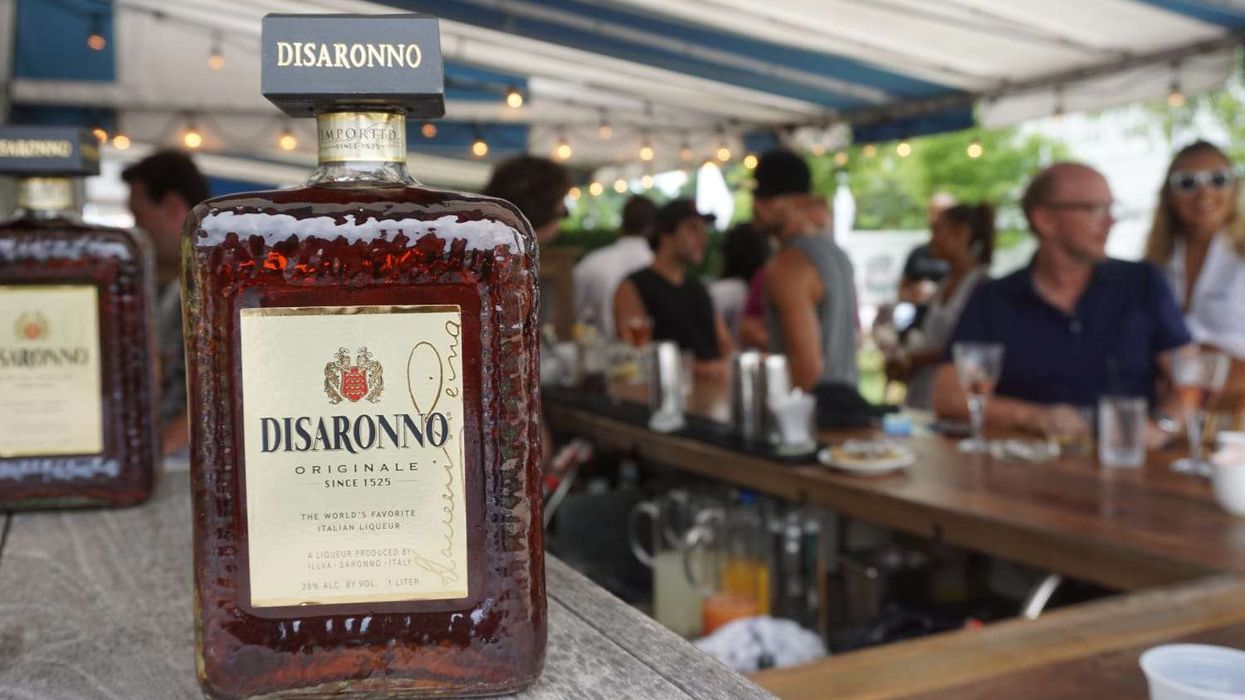Recently, medical procedures have been highly expensive across the globe, making it impossible for the middle-income group and lower-income group to undertake the necessary medical procedures. However, India is the country where the treatment cost is very reasonable. If you compare it to the other states of the world, you will notice that you can save approximately 40 to 50 % of the overall expenses undergoing the treatment procedure in India.
If we talk specifically about the IVF Process Cost in India, the cost range for the patients below the age of 35 years is USD 4,500 to 6000. For the same procedure, the patient might have to spend around USD 35,000 to 1,50,000 in other countries. Same is the case with the patients above the age of 35 years. The cost in other countries is seven to ten times higher.
How is it beneficial to avail the low-cost IVF treatment in India?
Only the price of treatment in India is low, but there is no compromise with the quality of treatment. The various benefits of undergoing IVF treatment in India include:
- Highly successful treatment with the rarest chances of complications, the success rate of IVF treatment in India is approximately 95% which is higher than other countries of the world
- The IVF procedure in India is possible for all the causes of infertility, including:
- Low sperm count
- The inability of the sperm to survive in the mucus or fertilise the egg
- Blockage in the fallopian tubes
- Issues in the uterus
- Endometriosis
- Reduced number of eggs
- Antibody issues that profoundly affect the quality of sperms and the eggs
- Unknown problems of infertility
- Most of the times, many of the countries fail to provide a successful treatment for those above the age of 35 years; however, the medical professionals in India excel in delivering the successful treatment for the rejected cases too
- The patients receive best-in-class treatment as well as the top facilities in the hospital being in India
- Apart from the medical services, they also receive assistance in making the arrangements of the treatment in the country, with the help of medical tourism companies
- The international patients do not only receive the care during the treatment period, but the top doctors of India provide the guidance before, during and after the therapy
- Most of the IVF procedures in India receive success during the first cycle only; the patients do not require to undergo the multiple cycles to obtain a successful treatment
Final Words:
The experience of surgeons and ability to deliver satisfactory treatment has proven to be a boon for many of the patients and granted them the happiness of the world. IVF Price In India is so reasonable, that even if you have to take up multiple cycles of the treatment due to any of the issues failing the procedure, it is affordable. In other countries, the cost of a single period is so high that most of the candidates fail to undergo surgery second time.











